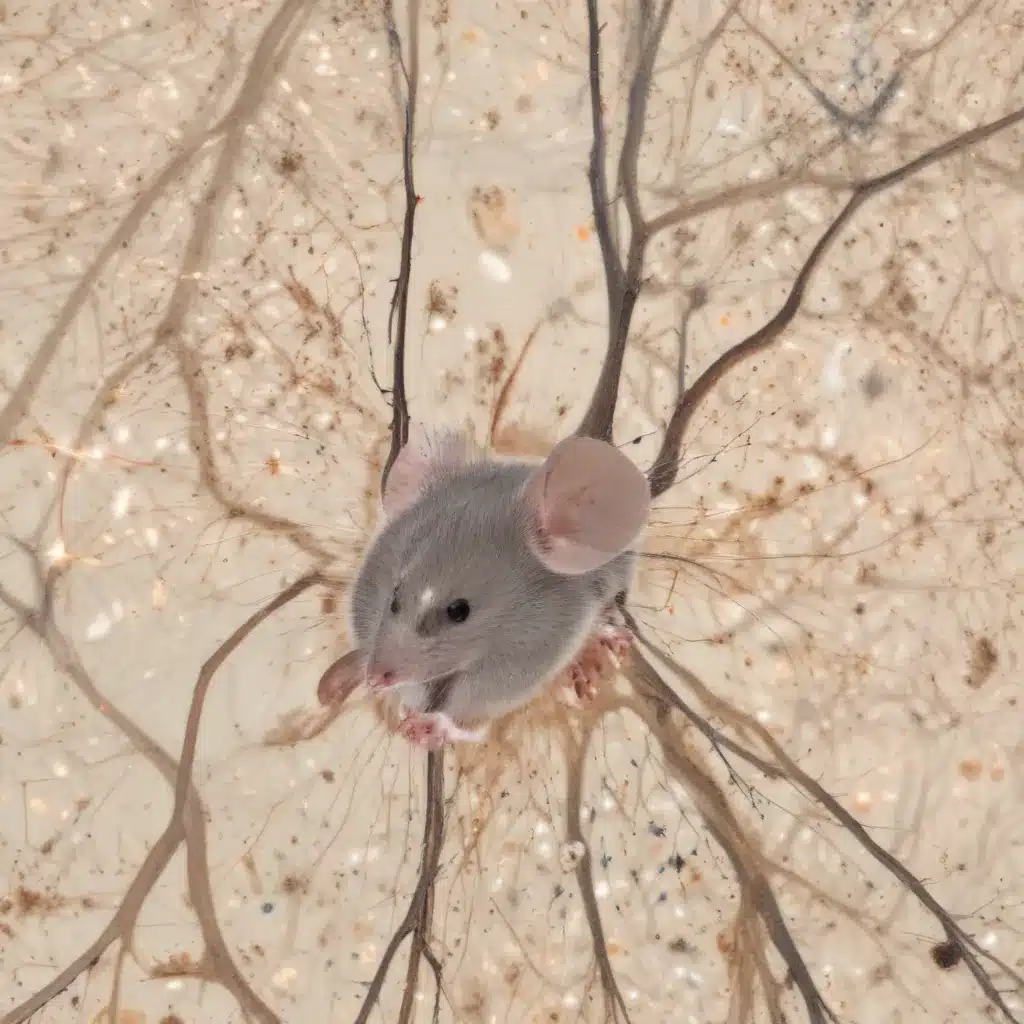
Synaptic function relies on a delicate balance of protein synthesis and degradation, a process known as protein turnover. The brain’s ability to constantly renew its synaptic components is crucial for maintaining neuronal communication, synaptic plasticity, and overall cognitive performance. But how does this dynamic protein turnover relate to the physical structure of synapses? Researchers have begun to unravel the intricate connections between synaptic protein dynamics and synaptic morphology in mouse models, offering valuable insights that may one day translate to improved understanding and treatment of neurological conditions.
Protein Dynamics
The inner workings of a synapse involve a complex choreography of protein synthesis, trafficking, and degradation. Synaptic protein synthesis occurs locally within the dendrites and at the postsynaptic site, allowing for rapid, on-demand production of essential components. Conversely, synaptic protein degradation via the ubiquitin-proteasome system helps remove damaged or unneeded proteins, maintaining synaptic homeostasis.
The balance between these two processes, known as protein turnover, is carefully regulated by various molecular pathways and signaling cascades. Factors such as neuronal activity, growth factors, and synaptic plasticity mechanisms can influence the rates of protein synthesis and degradation, shaping the dynamic nature of the synaptic proteome.
Synaptic Morphology
The physical structure of a synapse, or its synaptic morphology, is intimately linked to its function. Dendritic spines, the small protrusions along the dendrites that host the majority of excitatory synapses, exhibit remarkable plasticity – they can rapidly grow, shrink, or even disappear in response to various stimuli. These structural changes are thought to underlie the brain’s capacity for learning, memory, and adaptation.
At the ultrastructural level, synapses are composed of distinct compartments, including the presynaptic active zone, the synaptic cleft, and the postsynaptic density (PSD). The precise arrangement and dimensions of these synaptic components can influence the efficiency of neurotransmitter release, the strength of synaptic transmission, and the integration of incoming signals.
Experimental Models
To better understand the relationship between synaptic protein turnover and morphological changes, researchers have turned to animal models, particularly mice, which offer unique experimental opportunities.
Mouse Models
Transgenic mice engineered to overexpress or knock out specific synaptic proteins have provided valuable insights into the role of individual components in regulating protein dynamics and synaptic structure. Mutant mouse models harboring genetic alterations associated with neurological disorders have also been instrumental in elucidating the links between disrupted protein turnover and synaptic pathology.
Advanced imaging techniques, such as transmission electron microscopy (TEM) and nanoscale secondary ion mass spectrometry (nanoSIMS), have enabled researchers to visualize and quantify synaptic ultrastructure and the incorporation of newly synthesized proteins at the nanoscale level.
Methodological Considerations
Careful sample preparation and data analysis are crucial when investigating the morphological correlates of synaptic protein turnover. Proper fixation, embedding, and sectioning of brain tissue ensures the preservation of synaptic structure, while the use of specialized software and algorithms allows for the automated quantification of synaptic parameters.
Interpreting the findings from these studies requires consideration of potential confounding factors, such as the brain region, neuronal cell type, and the age of the animal model. By addressing these methodological challenges, researchers can gain a more comprehensive understanding of the complex interplay between synaptic protein dynamics and structural changes.
Morphological Correlates
The growing body of evidence suggests that the turnover of synaptic proteins is closely linked to the structural features of the synapse, with several key morphological parameters showing significant correlations.
Structural Changes
Dendritic spine density has been found to correlate positively with the turnover of various synaptic proteins, indicating that synapses with higher protein renewal rates tend to have a greater number of dendritic spines. Additionally, the curvature and area of the postsynaptic density have been shown to be associated with protein turnover, reflecting the dynamic nature of the postsynaptic compartment.
Functional Implications
These structural changes driven by protein turnover can have profound implications for synaptic function. Increased spine density and altered PSD morphology may enhance the efficiency of synaptic transmission, allowing for more effective integration and processing of neuronal signals. Furthermore, the dynamic nature of synaptic proteins and their structural correlates underpin the brain’s capacity for synaptic plasticity, which is crucial for learning, memory, and adaptive behavior.
Translational Relevance
The insights gleaned from studying synaptic protein turnover and its morphological correlates in mouse models hold significant translational potential for understanding and potentially treating various neurological and psychiatric disorders.
Clinical Applications
Disruptions in synaptic protein turnover have been implicated in the pathogenesis of neurodegenerative diseases, such as Alzheimer’s and Parkinson’s disease, as well as neuropsychiatric disorders, including autism spectrum disorder and schizophrenia. By elucidating the relationship between protein dynamics and synaptic structure, researchers may identify novel therapeutic targets and develop targeted interventions to restore healthy synaptic function.
Future Directions
As the field progresses, multimodal approaches combining advanced imaging techniques, proteomic analyses, and computational modeling will likely provide an even more comprehensive understanding of the complex interplay between synaptic protein turnover and morphological changes. Longitudinal studies tracking these parameters over time will further elucidate the dynamic nature of synaptic structure and function, paving the way for more effective strategies to promote synaptic health and cognitive resilience.
In conclusion, the intricate relationship between synaptic protein turnover and synaptic morphology, as revealed through innovative mouse studies, offers a promising avenue for advancing our understanding of brain function and dysfunction. By continuing to unravel these interconnected processes, researchers may unlock new opportunities for developing targeted therapies and interventions to support neurological well-being. To learn more about the latest trends and innovations in the field of neuroscience, be sure to visit Reluctant Renovator.



